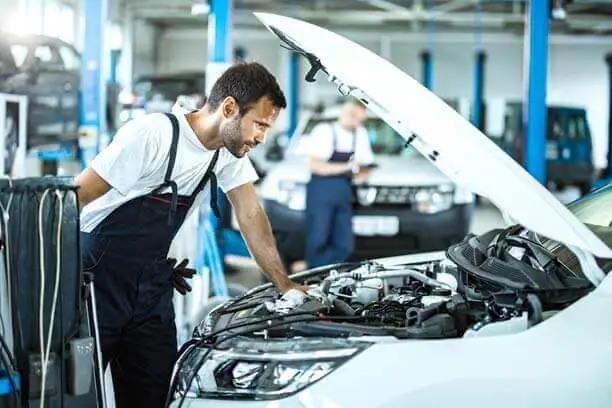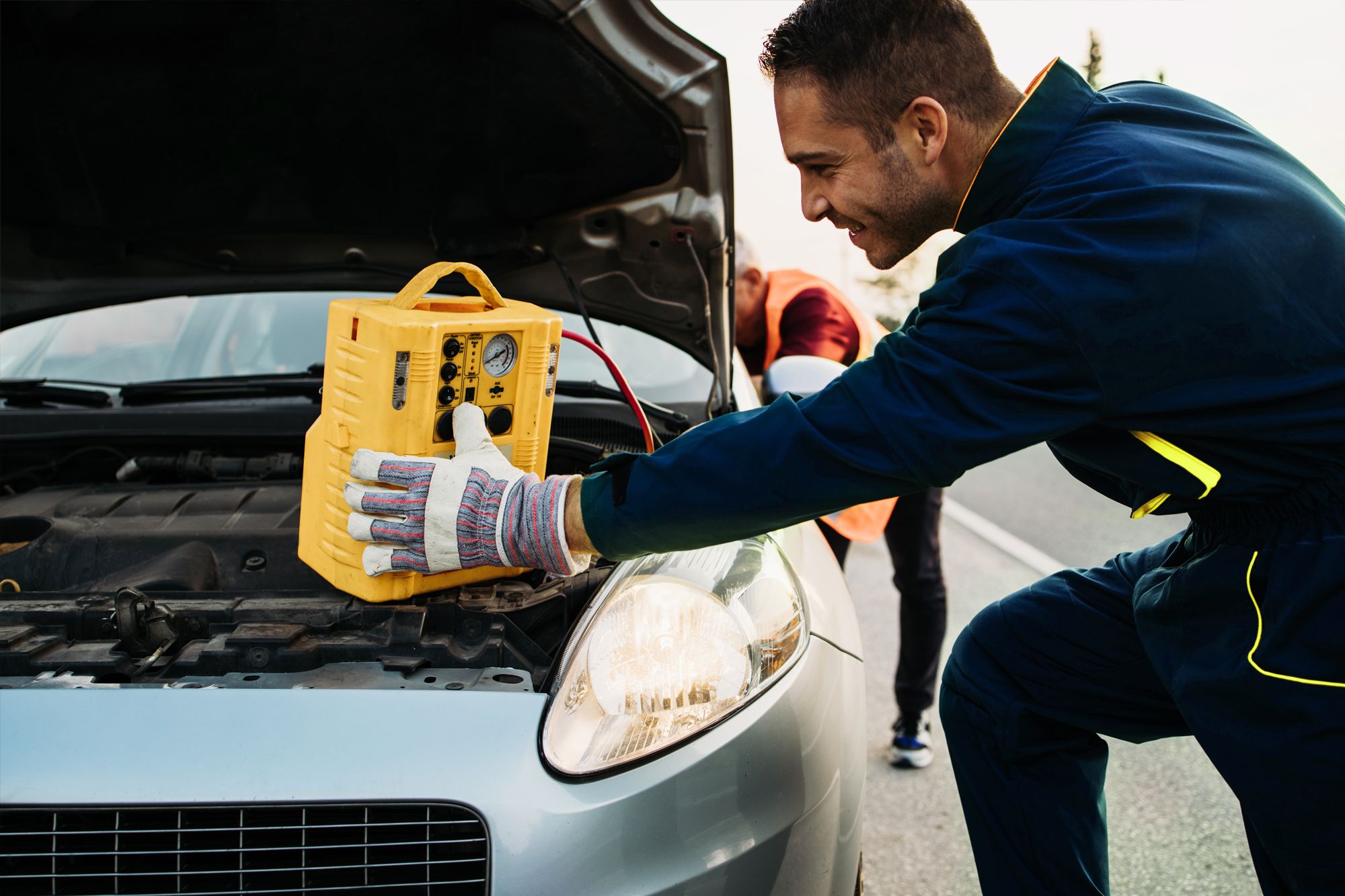All Categories
Featured

When it involves lorry repair work or upgrades, one of one of the most crucial choices you'll deal with is whether to select Original Equipment Maker (OEM) parts or aftermarket parts. Both options offer distinct benefits and downsides, so understanding the differences in between them is vital for making an informed decision. In this write-up, we'll check out the benefits and limitations of OEM and aftermarket parts to help you decide which is best suited for your cars and truck.
What Are OEM Components? OEM components are created by the very same producer that made the original parts in your automobile. These parts are designed to fulfill the specific specifications of your car, ensuring they are an exact fit and provide the exact same efficiency as the components that included the lorry when it was first constructed. OEM parts are often considered the "factory requirement" because they come directly from the car's manufacturer or a licensed provider.

One of the primary benefits of using OEM components is their assured quality. Given that these components are made to the same criteria as the originals, they normally supply an excellent fit and reliable efficiency. Additionally, lots of OEM components include a warranty, offering you assurance that you'll be shielded in case of problems.
What Are Aftermarket Parts? Aftermarket components are made by third-party producers that are not connected with your vehicle's initial manufacturer. These parts are designed to fit a wide array of automobiles and are normally cheaper than OEM components. Aftermarket parts can be utilized for regular repair services or upgrades, and they often use a more comprehensive range of options contrasted to OEM components.

Furthermore, aftermarket parts may provide much better performance or extra attributes not available in OEM options. Aftermarket exhaust systems, brake pads, and suspension components typically offer enhancements in performance or visual appeals that could not be found in OEM components.
Advantages of OEM Parts. Accuracy and Compatibility: OEM parts are developed particularly for your car's make and version, guaranteeing they fit perfectly and do to the specific specifications needed. Warranty Insurance Coverage: Several OEM components feature service warranties, providing protection in case of issues or premature failure. Quality control: Given that OEM parts are made by the initial maker, they are subjected to the same rigorous high quality control standards as the components mounted in your automobile when it was initial constructed. Resale Worth: If you plan to sell your automobile, having OEM components can help maintain its resale worth, as possible purchasers might be extra interested in a lorry that has actually been fixed with original elements. Advantages of Aftermarket Components. Price Savings: Aftermarket components are normally cheaper than OEM components, which can be a substantial advantage if you get on a budget plan or want to save cash on repairs. Selection and Customization: Aftermarket components supply a larger selection of options, including performance upgrades and visual improvements. If you desire to increase horsepower or boost your vehicle's look, aftermarket alternatives can use unique solutions. Schedule: Aftermarket components are typically less complicated to discover than OEM parts, especially for older automobiles that may no more have conveniently available OEM components. Efficiency Improvements: Some aftermarket components are designed with efficiency in mind, such as high-performance brakes, air filters, or exhaust systems. These parts can improve your vehicle's total performance and driving experience. Disadvantages of OEM Components. Higher Cost: One of the most substantial downside to OEM components is their expense. They are generally more pricey than aftermarket options, which can build up promptly if your cars and truck requires numerous repair work. Minimal Customization: OEM components are made to restore your lorry to its initial specs, suggesting they may not offer the exact same array of modification options as aftermarket parts. Accessibility Issues: Depending on the age of your lorry, certain OEM components may be tougher to locate or ceased, making repair services harder. Negative Aspects of Aftermarket Parts. Irregular High quality: While many aftermarket parts are of excellent quality, others might be badly made or do not have the resilience of OEM parts. It's vital to investigate the maker and review testimonials to guarantee the high quality of the component you're considering. Fitment Troubles: Aftermarket parts are made to fit a vast array of cars, but they may not always provide the excellent fit that OEM components guarantee. This can cause setup concerns or suboptimal efficiency. No Surefire Service warranty: While some aftermarket components come with service warranties, they might not be resilient or as detailed as those provided by OEM parts. In some situations, using aftermarket parts might likewise affect your vehicle's warranty protection if it's still energetic. How to Decide In Between OEM and Aftermarket Components. The decision in between OEM and aftermarket parts ultimately depends on your certain demands, choices, and budget. Below are a few factors to consider to assist guide your choice:
Budget plan: If conserving money is a concern, aftermarket components are generally the a lot more affordable choice. Be conscious that less expensive components might not last as long as OEM components, which can result in greater expenses down the roadway. Vehicle Age and Problem: For more recent lorries, specifically those under service warranty, it's commonly a good concept to pick OEM components to preserve the cars and truck's stability and protect its resale worth. For older cars, aftermarket components may be more sensible, particularly if the vehicle is no more under service warranty or if you're attempting to expand its life expectancy with cost-effective options. Repair Kind: Certain essential repair services, especially those pertaining to safety and security (brakes, airbags, and so on), are best managed with OEM parts to make certain the highest degree of security and efficiency. For non-essential repair work or alterations, aftermarket parts can offer an exceptional equilibrium of high quality and affordability. Efficiency and Personalization: If you're searching for performance upgrades or one-of-a-kind modification alternatives, aftermarket components may be the most effective selection. Several aftermarket producers layout components particularly for enhancing your cars and truck's capacities, whether it's for much better performance or appearances. Verdict. Both OEM and aftermarket parts have their pros and cons, and the ideal option depends on your certain needs and priorities. OEM parts are suitable for keeping the original top quality and efficiency of your automobile, while aftermarket parts offer price savings, modification choices, and a broader range of alternatives.
Latest Posts
Easy and Reliable Mobility Device Van Rentals to Satisfy Your Flexibility Requirements
Published Jan 19, 25
0 min read
Expert Car Care and Convenient Solutions at Sherman Dodge Chrysler Jeep Ram
Published Jan 19, 25
1 min read
The History and Evolution of Continuous Panel Fencing
Published Jan 19, 25
1 min read
More
Latest Posts
Easy and Reliable Mobility Device Van Rentals to Satisfy Your Flexibility Requirements
Published Jan 19, 25
0 min read
Expert Car Care and Convenient Solutions at Sherman Dodge Chrysler Jeep Ram
Published Jan 19, 25
1 min read
The History and Evolution of Continuous Panel Fencing
Published Jan 19, 25
1 min read